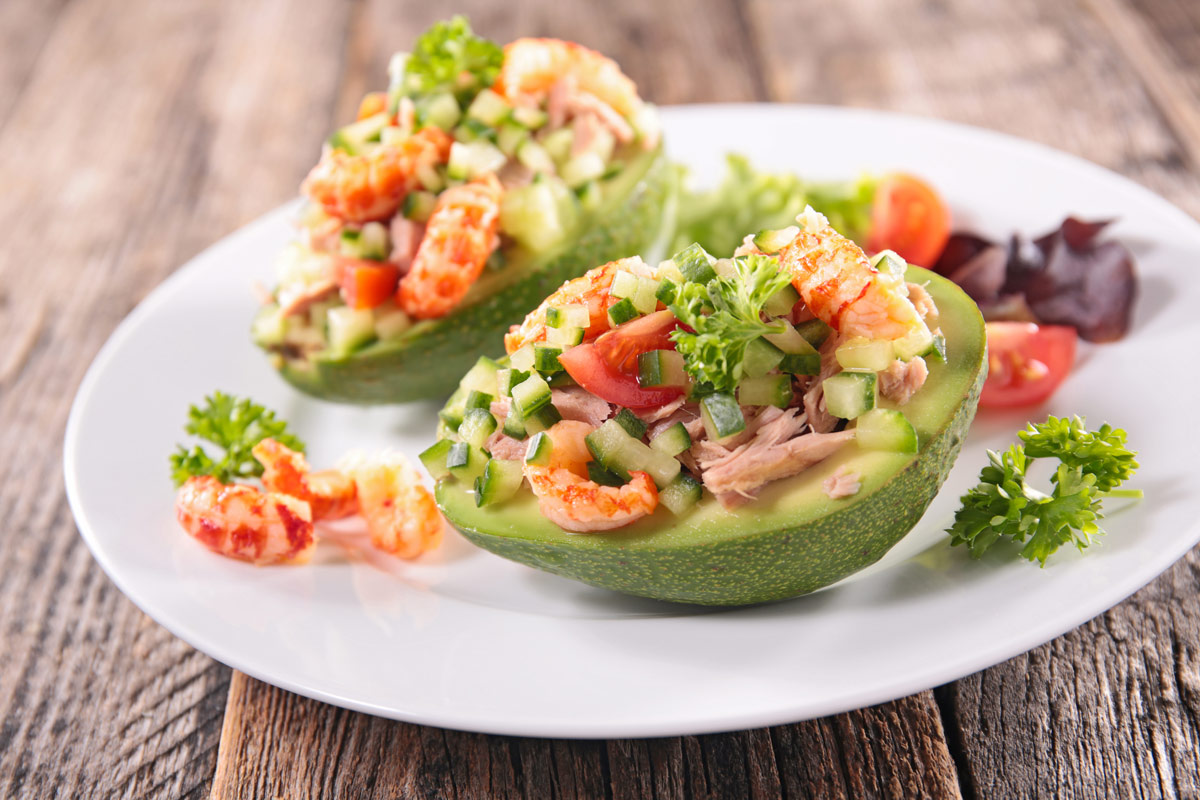The Australian take on American-style potpie gets wonderful flavor from the leeks and onions. Feel free to add 1/2 cup each peas and diced carrots if you wish.
Ingredients
- 1/2 cup whole wheat flour, plus more for rolling the dough
- 1 teaspoon sea salt, plus more for the vegetables
- 1 teaspoon freshly ground black pepper
- 1/4 cup extra virgin olive oil, divided use, plus more for the baking dish
- 2 large leeks, halved, cleaned, drained, and white parts cut into 1/2-inch half-moons, about 4 cups
- 1 large onion, peeled and diced
- 1 bell pepper, stemmed, seeded, and diced
- 2 celery stalks, diced
- 3 pounds skinless boneless chicken breasts, cut into approximately 1 1/2-inch cubes
- 2 cups half-and-half
- 1/4 cup chopped fresh flat-leaf parsley
- 2 teaspoons fresh thyme leaves
- 1 sheet frozen puff pastry, defrosted overnight in the fridge
- 1 egg
Directions
Step 1
Place the flour, salt, and pepper in a large bowl and whisk together; set aside.
Step 2
Heat a large frying pan to medium-high. When hot, add 3 tablespoons olive oil, the leeks, onions, bell pepper, and celery. Sprinkle on a pinch of salt to sweat them. Cook over medium heat, stirring constantly, until the vegetables are tender; don’t let them brown. Transfer to a large bowl.
Step 3
Add the rest of the olive oil to the pan. Toss the chicken in the flour mixture, shake off the excess, and add the pieces to the pan in a single layer (work in two batches if needed). Sauté the chicken, turning with tongs, until it is lightly browned on all sides. When the chicken is just about cooked through, return the vegetables to the pan along with the half-and-half, parsley, and thyme. Stir and simmer for 5 minutes. Taste, and add more salt and pepper as needed. Transfer to a 13x9x2 baking dish. Lightly brush the rim of the dish with olive oil.
Step 4
Heat the oven to 425°F. On a floured countertop, open the puff pastry sheet and gently roll out the seams. Using a cake spatula or a rolling pin, place the pastry over the chicken in the prepared baking dish. Use the tines of a fork to press the edges into the rim of the dish and trim off any excess. Whisk the egg in a small bowl and brush it over the pastry. Bake for 25 to 30 minutes, or until the pastry puffs and turns golden.
Serves 8




